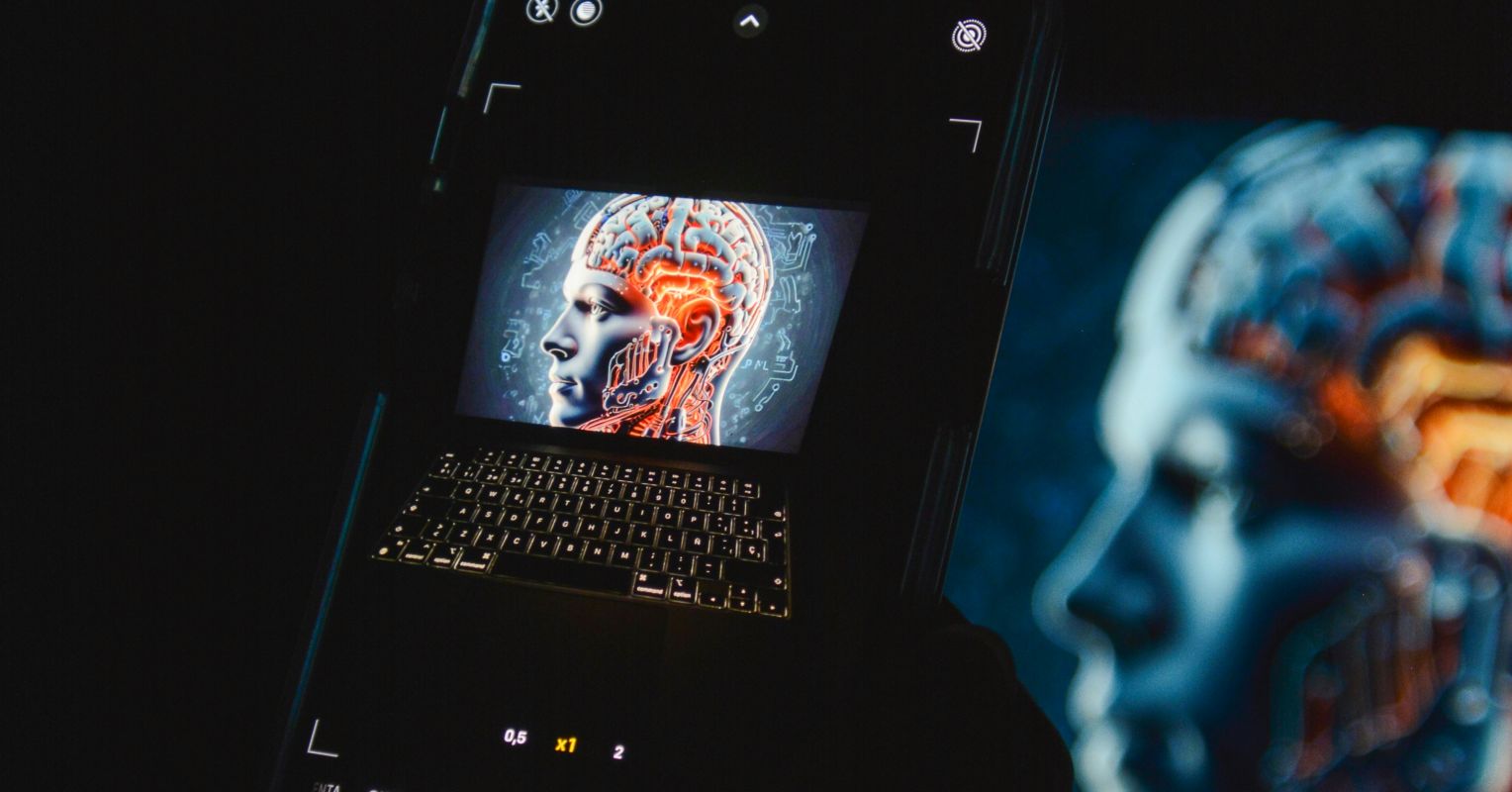
As a millennial, I was fortunate to experience a childhood that was not wholly integrated with technology and social media. I remember that before owning a mobile phone, I was able to recall around a dozen or two phone numbers from memory. Now, I only remember two—my own and that of my family home. Without having read further into the underlying cognitive processes that have changed, something about this unsettled me. Quite evidently and measurably, something had been lost.
This lived experience led me to draw a line whenever the proliferation of large language models (LLMs) began; while I was unsure of what exactly would be weakened through forming a new dependence on a tool that promised ease and speed, I was confident that something would indeed be sacrificed.
And so I sit smugly today as reporting on MIT’s new study, “Your Brain on ChatGPT,” is doing the rounds. The study reported that when participants in their study were set a series of essay writing tasks, those who used ChatGPT performed significantly worse than “brain-only” participants (i.e., those who were not assisted by an LLM or a search engine) across three measures, neurally (as measured by electroencephalography [EEG]), linguistically, and in self-reported scoring.
The participants (N = 54) were divided among three groups, with 18 assigned to each group. One group wrote using ChatGPT, one group wrote using a search engine (search engine group), while the brain-only group was not assisted by either technology. All groups then performed essay-writing tasks across three sessions, before a fourth session was performed by 18 participants.
Neural Findings
Neurally, the brain-only group demonstrated a “more extensive and stronger connectivity network” during essay writing, suggesting that when people are writing without ChatGPT, and even without search engine assistance, they are “engaging memory and creative thinking” more rigorously. The more external help that was given, be it by LLM or search engine, the less brain connectivity was witnessed by EEG.
Interestingly, the search engine group witnessed the highest level of activity within occipital and visual cortices, which the authors explain by the group’s engagement with visual stimuli on the screen; they were observing, analyzing, and filtering the content. This increase was not witnessed within the LLM group, despite them also having been viewing screens. The authors suggest that this indicates that LLM users were not analyzing and evaluating the visual content in the same way. The brain-only group had the highest levels of activity within brain areas associated with “semantic integration, creative ideation, and executive self-monitoring.”
Behavioral Findings
Behavioral measures supported the neural connectivity findings, in that the brain-only group was better able to quote from their essays, their quotes were more accurate, and they reported higher levels of essay ownership.
Of the LLM users, 83 percent reported difficulty quoting after session 1, with this falling to 33 percent by session 3. For both the search engine and brain-only participants, by session 3, 100 percent were able to quote their essays. Accuracy in quoting rates also followed similar patterns.
Another divergence was found, unsurprisingly, in a measure on ownership of their essays. The LLM group reported conflicting and conflicted levels of ownership, with a minority citing full ownership, and 50-90 percent reporting partial ownership. For the search engine group, ownership was more stable but less than the brain-only group.
There is also an issue of variation in writing; the LLM group “produced statistically homogenous essays within each topic.” In essence, they were likelier to be churning out the same content. This challenges the idea that is commonly espoused that LLMs can be used as a base from which individual content creators will later adapt and develop. The authors of the study note that only a few of the participants reported actively diverging from the suggested “thinking” path that was presented by the LLM; most were happy to follow its constructed (and manipulatable) lead.
The paper’s results do not unequivocally argue for an abandonment of LLM use for those striving for efficiency and deeper cognitive processing. When the brain-only group participants engaged with session 4, within which they were able to use an LLM, they exhibited a “significant increase in brain connectivity across all EEG frequency bands”; these increases were not witnessed among the group who used ChatGPT in three consecutive sessions. Using an LLM sparingly could be the ideal way forward: “these results suggest that strategic timing of AI tool introduction following initial self-driven effort may enhance engagement and neural integration.”
